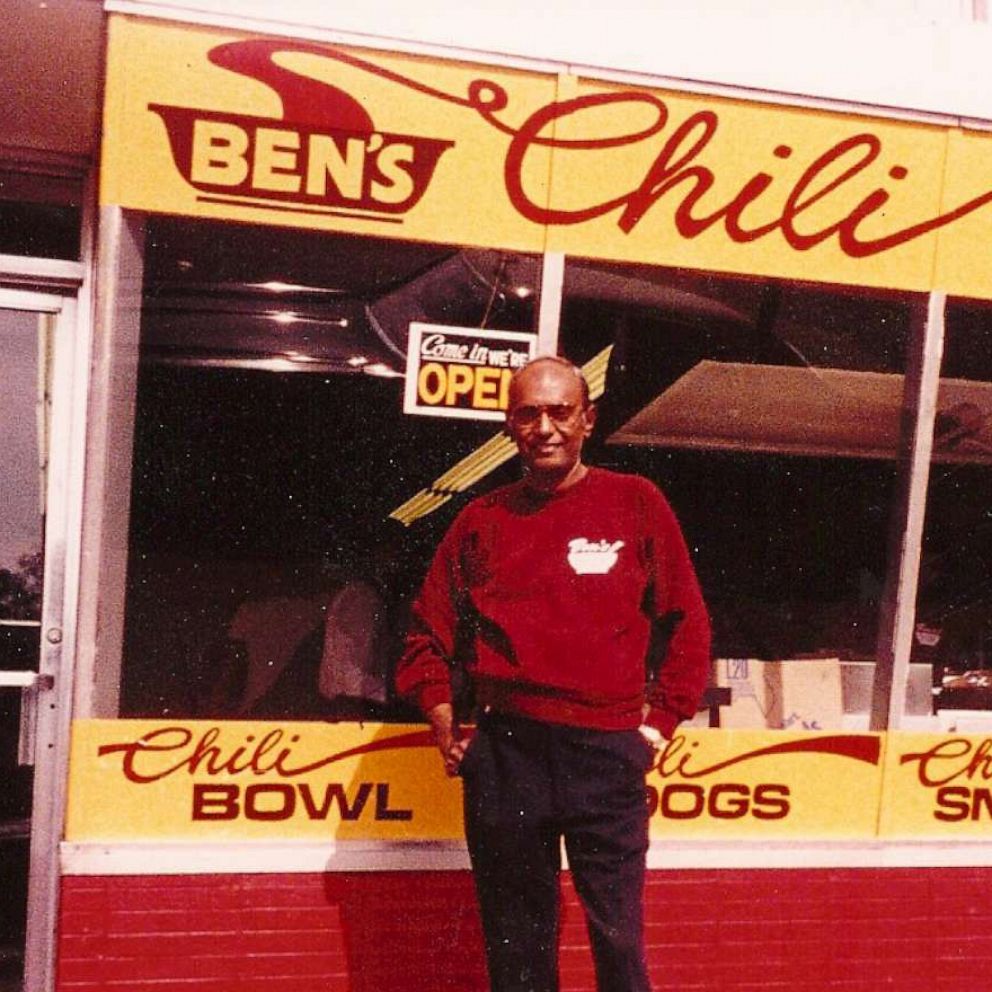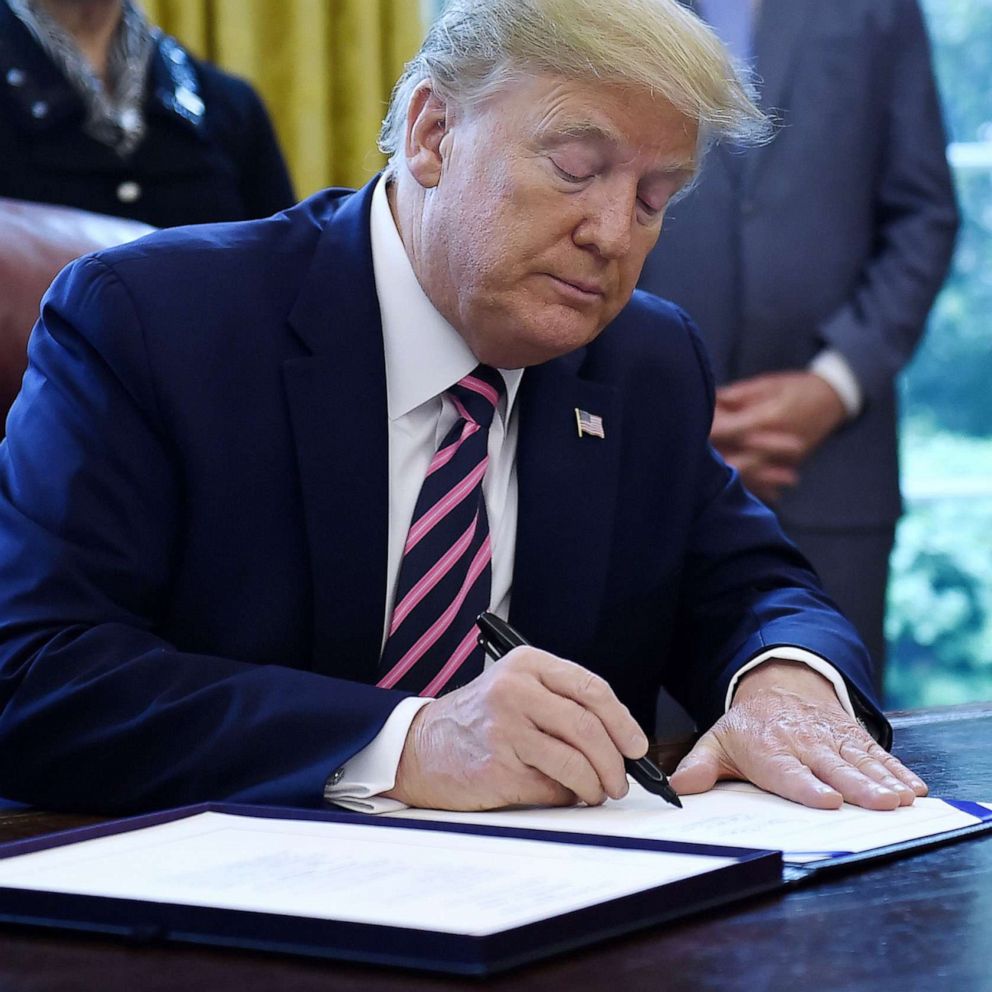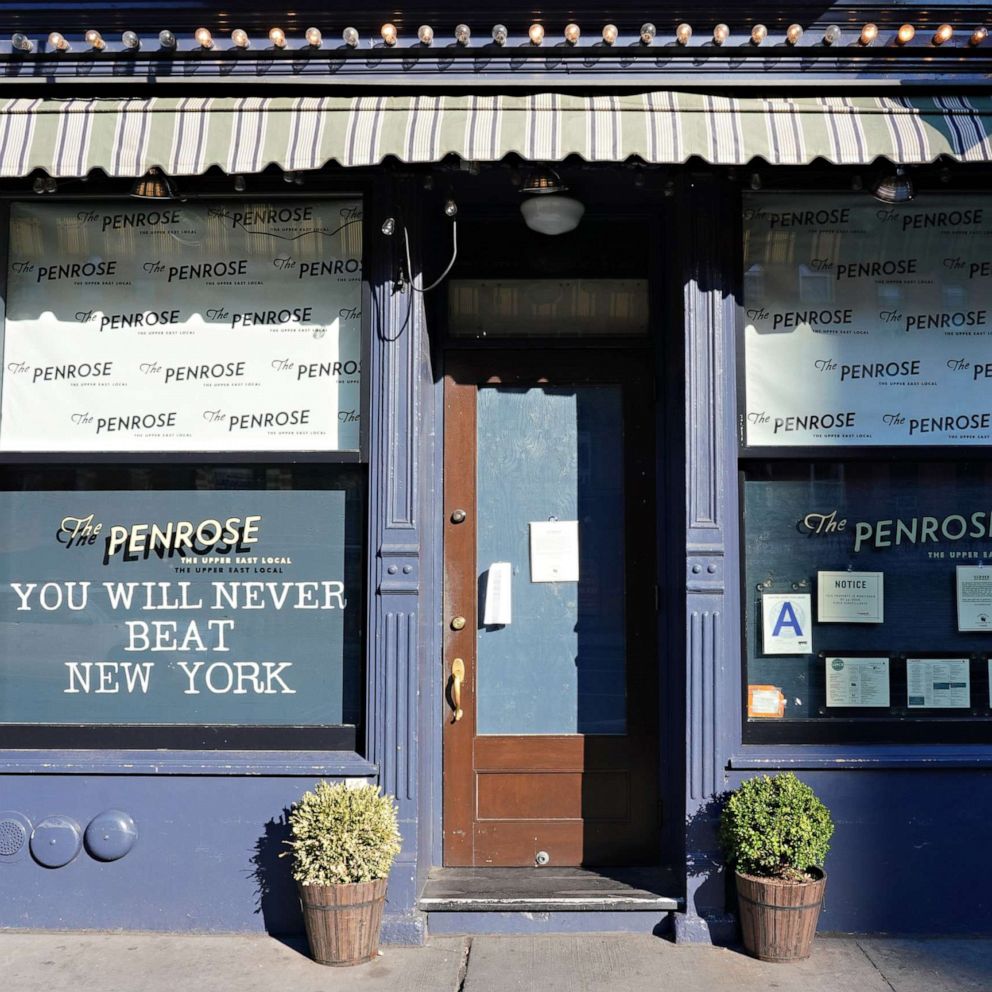'Double the number of users' in PPP system as it reopens with more technical issues
The technology glitches were reminiscent of those that plagued the first phase.
The federally backed emergency loan program to help hard-hit small businesses, reopened on Monday and -- once again -- was off to a rocky start with technology glitches reminiscent of those that plagued the first phase of the program before it ran out of money a week ago.
On Sunday, the Small Business Administration (SBA), which administers the the Paycheck Protection Program (PPP) -- replenished with $310 billion in new funding -- sought to level the playing field to ensure lenders, holding thousands of applications from frantic owners, would have equal access to its online loan application system known as E-Tran. The agency mandated that each lender could only submit a maximum of 350 applications per hour, according to a memo obtained by ABC News from a banking industry source.
The SBA action also sought to mitigate what was expected to be an unprecedented demand on an aged system recently modified to take into account money walled off for smaller institutions that serve minority and woman-owned businesses.
"Due to the unprecedented demand for Paycheck Protection Program loans by the nation's small businesses and to ensure equitable access and system integrity, SBA and Treasury are taking prudent and reasonable steps to protect SBA's loan systems for the next phase of PPP loan processing," according to a SBA memo to participating lenders that was sent out on Sunday.
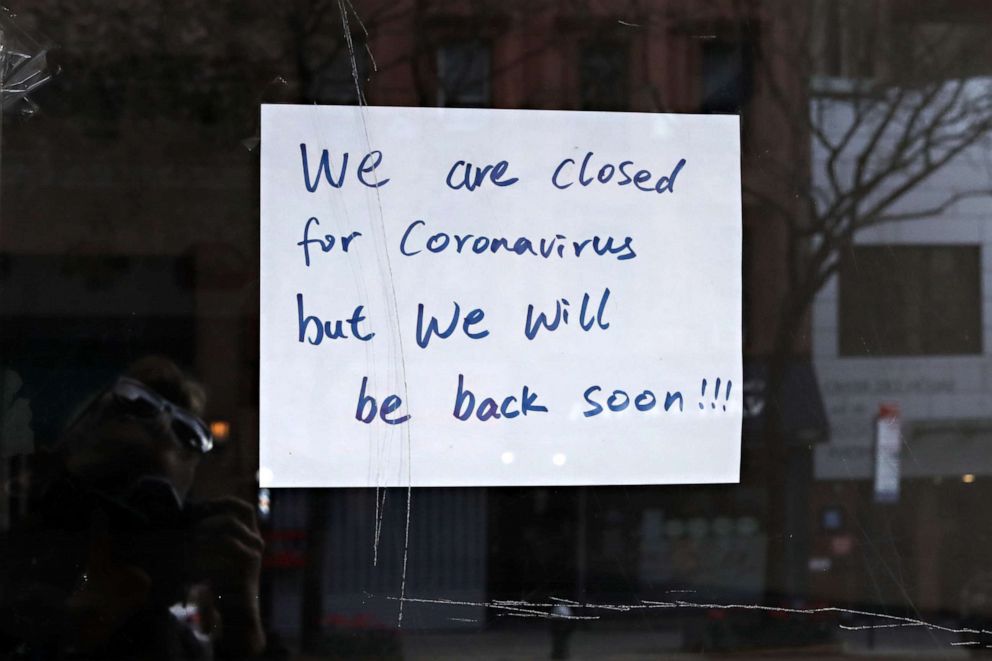
But within hours of the program's reopening, a myriad of problems quickly became evident.
"Our member banks across the country are deeply frustrated at their inability to access @SBAgov's E-Tran system. We have raised these issues at the highest levels. Until they are resolved, #AmericasBanks will not be able help more struggling small businesses," tweeted Rob Nichols, president and CEO of the American Bankers Association, on Monday afternoon.
Two banking industry sources detailed a number of different issues lenders said they were having with E-Tran.
Some banks received messages that indicated they had hit their application limit when they definitely had not, according to an industry source, which meant those institutions could not submit applications again until the next hour. Others received odd messages that indicated the server was not available. As some lenders were entering information, the system kicked them out. This then counted against that lender's 350 per hour application limit.
The Independent Community Bankers of America (ICBA), which represents smaller community banks, expressed its frustration, as well, tweeting, "Community bankers, we hear your frustrations that the @SBAgov #PPP system is crashing, leaving you unable to process loan applications. We're tracking this issue and will continue to update and communicate to get you back to funding small business customers."
An SBA spokeswoman told ABC News in a statement, "As of 3:30 pm EDT today, SBA has processed more than 100,000 PPP loans by more than 4,000 lenders. Unprecedented demand is slowing E-Tran response times. Currently, there are double the number of users accessing the system compared to any day during the initial round of PPP. SBA is actively working to ensure system security and integrity while loan processing continues. SBA is working around the clock to help all U.S. small businesses during these challenging times."
The problems plaguing PPP were unwelcome news for the scores of desperate small business owners still waiting in line.
Joe Field of California-based Flying Colors Comics and Other Cool Stuff said the website is plagued with problems and he still can't get his loan.
"We may be able to make it, but we'll be limping coming out of it," said Field.
Michael Shemtov, a South Carolina–based restauranteur, told ABC News that he and his partner still had six PPP loan applications awaiting approval, with four accepted before the government ran out of funding in the first stimulus deal. They applied separately for each of their 10 restaurants.
"We're back in the queue now and the window‘s just open today. So we are awaiting word hopefully this week on the other six applications," Shemtov said.
The last time ABC News spoke to Shemtov weeks ago, he said he was down to a skeleton crew of 10 employees working at the only restaurant he kept open, The Daily in downtown Charleston which is now down to a staff of five employees.
"We're running it with about five people so all that initial enthusiasm wore off, and they were pretty exhausted. They needed a break and a weekend off. So we're giving them that now," said Shemtov.
Tune into ABC at 1 p.m. ET and ABC News Live at 4 p.m. ET every weekday for special coverage of the novel coronavirus with the full ABC News team, including the latest news, context and analysis.
Bankers who spoke with ABC News on Monday said they had the most success with E-Tran at night or very early on Sunday morning, so there was hope that the situation would improve.
John Lewis, Executive Vice President and Chief Administrative Officer of Harbor Bankshares Corporation, told ABC News that his bank had experienced E-Tran problems Monday, "but we found in the past that it cleared up in the evenings."
Concern also remained that large businesses who were not necessarily in need of the rescue program were able to access PPP.
ESPN reported Monday that the NBA's most profitable franchise -- the Los Angeles Lakers -- had received a roughly $4.6 million PPP loan, which it promptly repaid upon learning that program was exhausted of funds a week ago.
The Treasury Department has said it would investigate those who sought the funds but did not need them. And Congress carved out $60 billion for underbanked owners, like mom-and-pop shops and companies owned by minorities and women -- an effort to try to help those most in need who might not have sophisticated accountants and banking relationships.
But smaller, community banks were at a disadvantage by SBA's decision to allow lenders to submit a bulk of 5,000 applications all at once by 9 p.m. (EDT) on Monday.
Still, some experts said the week that it took Congress to replenish PPP funding may have provided an opportunity for some small businesses to learn from their mistakes and gave some lenders the time to ramp up staff.
"The challenge for a lot of small businesses, particularly small, independent contractors or immigrant-owned businesses was that they weren't well-banked. They were going to their small bank (to apply for PPP) which gave them probably a snowball's chance in hell of getting through," said Michael Burcham, professor at Vanderbilt's Owen School of Management. "I think a lot of small businesses didn't appreciate that. If the bank didn't know what they were looking for right away, you were dead on arrival in the queue. I'm hopeful that this time around, many of those same small businesses who had a very legitimate reason to apply will get some consideration."
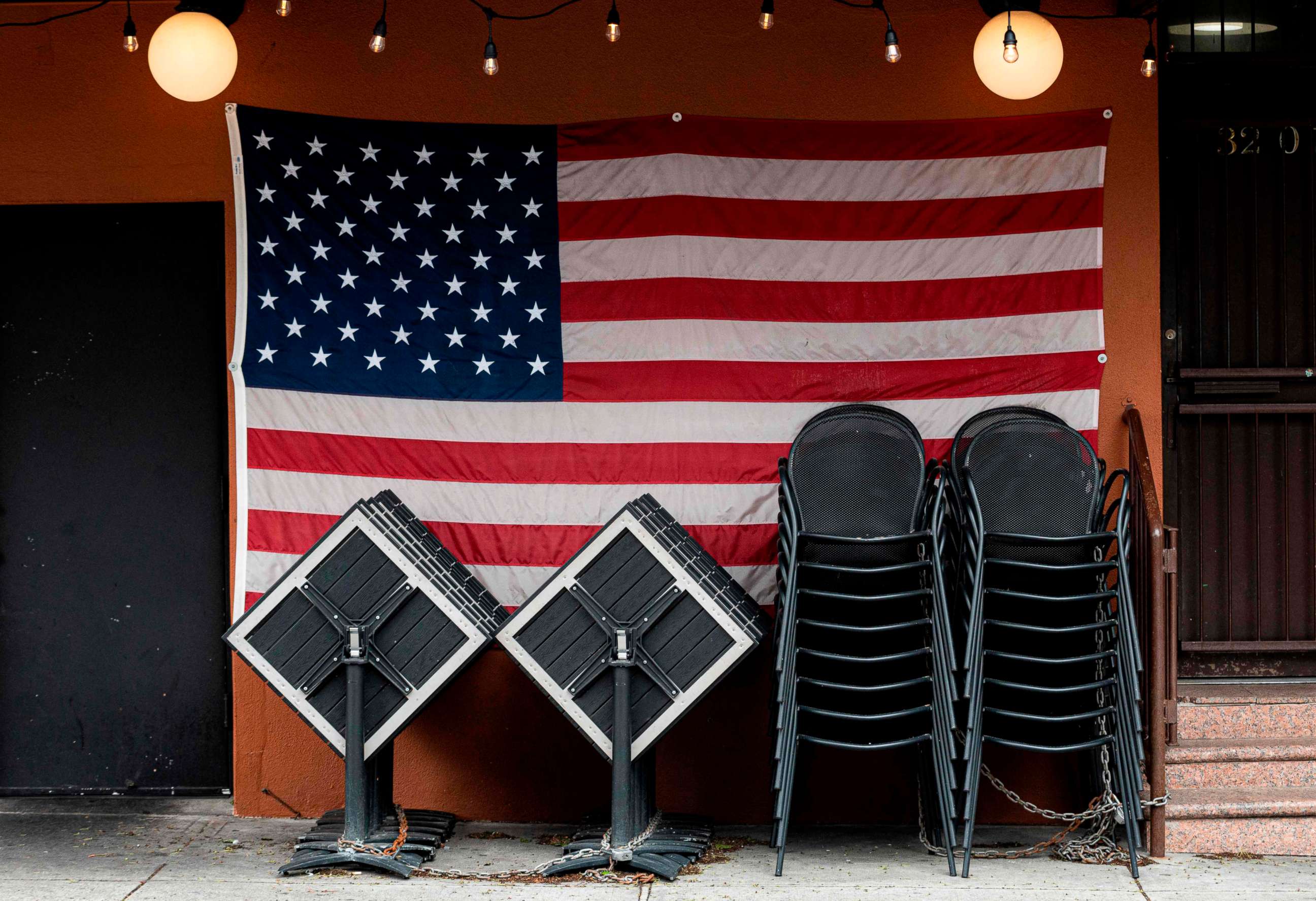
"We were able to fine tune our process during the first $349 billion tranche. We've added some additional staffing to handle the volume and partnered with Combs Enterprises on a national effort, OurFairShare.com, to address communities and businesses that were challenged in participating in the first tranche," said Harbor Bankshares Corp.'s John Lewis, who added that particular institutions who serve minority communities are well-positioned for success in this second round of PPP.
"Their experience and demonstrated ability to provide capital access through SBA programs in their markets is crucial to the equitable and responsible deployment of funds. We know that capital absorption in these communities is often slower and requires some measure of consulting along with capital provision. The carveout allows the time for this to be accomplished."
The emergency loan program, which has received roughly $660 billion in federal funding, is expected to run out of cash again soon, according to industry experts. It was designed to help small businesses -- up to 500 employees -- keep their staff on payroll for two months, to try to make it through the devastating economic fallout from the pandemic.
"This is very much in demand," Richard Hunt, president and CEO of Consumer Bankers Association (CBA), an industry trade group representing 55 participating lenders, told CNBC. "We think there are more loans in the pipeline than there were distributed in the first go around."
But Treasury Secretary Steven Mnuchin, who was integral with lawmakers in creating the program, said it was good news that the money was flying out the door to millions of businesses. Some 1.6 million were helped by the first $349 billion tranche of funding.
"It's not a matter of how long it lasts," Mnuchin told Fox News Sunday. "Actually, I think the sooner the money is dispersed, the better. So the first round impacted about 30 million workers. I think this round will be about the same. That will be close to 50% of the private workforce, so I actually hope we run out of money quickly."
But for some, the race to get the funds was the problem.
CEO Brian Moynihan said Sunday that Congress should expand PPP so it is no longer a matter of who could get a loan in first, something that clearly advantaged more sophisticated businesses.
"It's clear that between Congress, the administration and the American people, we need to get all these funded and not make this a foot race. Just get the work done," Moynihan said on CBS' "Face the Nation."
This second phase of PPP could be the last. Mnuchin indicated as much, but Congress could move to add more funds as lawmakers return to Washington on May 4.
That could be late for many small businesses who are hanging on by a thread.
John and Kathy Huddleston, who have owned Badger's Island Pizza in Kittery, Maine, since May 2014, applied for PPP on April 3, the first day it was available, and they are still waiting with just enough staff to keep them afloat after furloughing two full-time delivery drivers and having two other employees quit.
"We are one sick employee away from closing," said Kathy Huddleston, who added that she and her husband had also cut hours and started closing on Mondays to save money. "If one employee comes down with this coronavirus, we're gonna have to close. And, you know, we would still like to cover our employees' paychecks."
John Huddleston, who would not disclose his bank to ABC News, said he had a longstanding relationship with his lender and hoped that would give him a leg up in getting his application approved. But, he said his application wasn't even submitted before the initial $350 billion ran out, and he isn't confident this time will be any different.
"There were so many people that were left out of this thing this last go around. I think that it's going to be very much the same thing this go around," he said. "I'm not sure that it's even going to matter that we were already queued up and ready to go for round two."
ABC News' Briana Stewart contributed to this report.
What to know about the coronavirus:
- How it started and how to protect yourself: Coronavirus explained
- What to do if you have symptoms: Coronavirus symptoms
- Tracking the spread in the U.S. and worldwide: Coronavirus map
